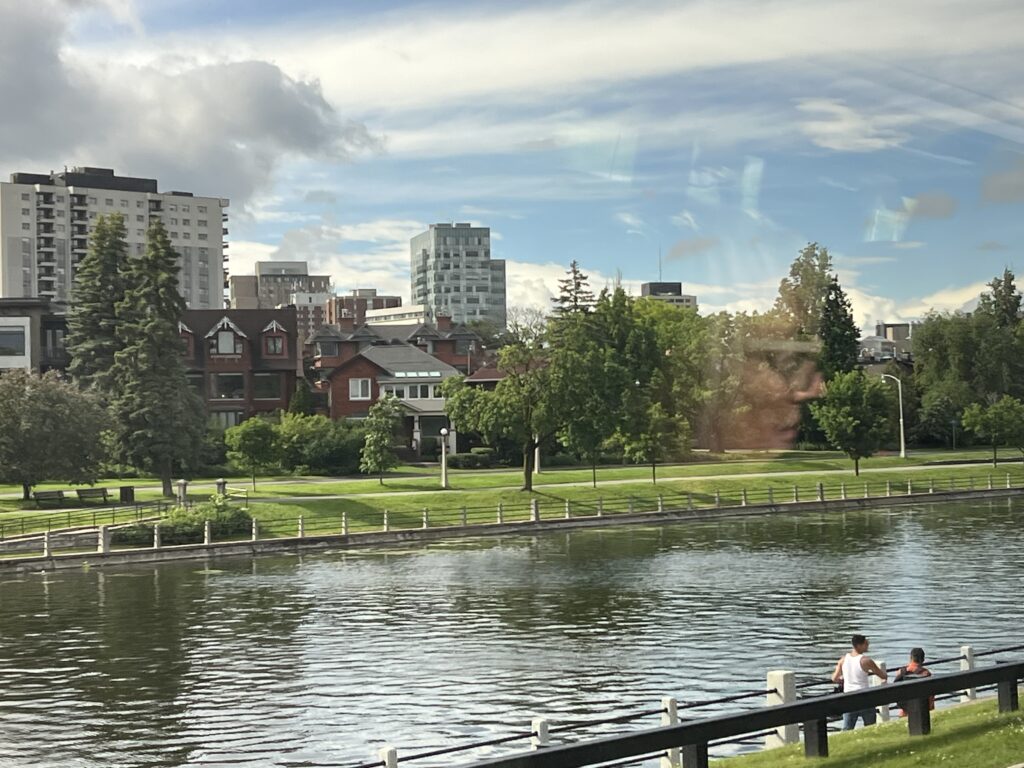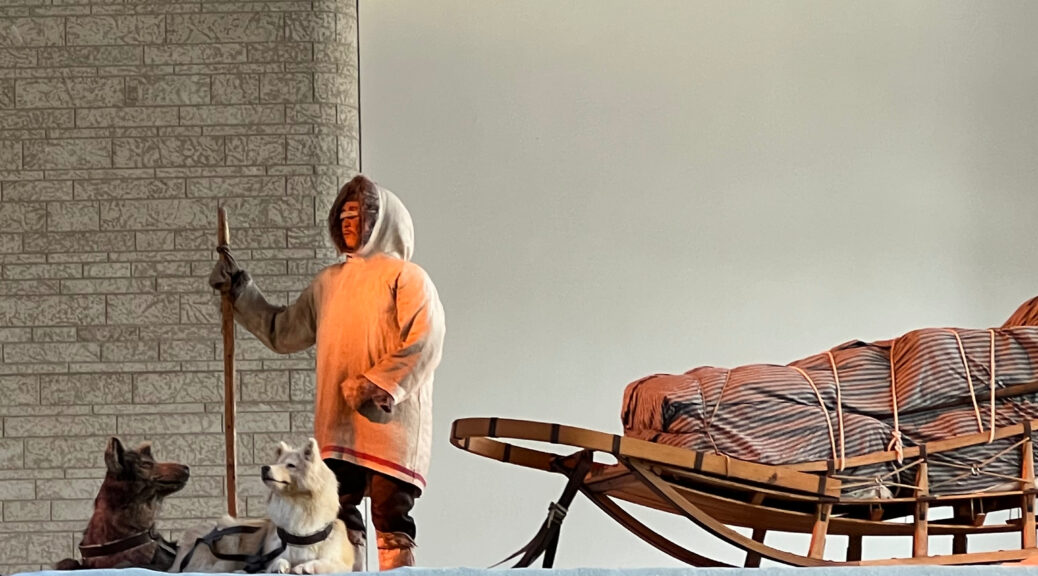
Ottawa
We were next headed to Ottawa, but on the way we stopped for a cruise among the Thousand Islands in the St. Lawrence River. The Thousand Islands actually consists of 1,864 islands within both Canada and the United States. To be considered an island, the land must be above water all year and support at least one tree.
We began our cruise near the town of Rockport, a village that is about 200 years old. The first picture below is St. Brendan’s Catholic Church. St. Brendan was the patron Saint of Sailors. The next picture is Zavikon Island (left) which lies within Canada and connects to a smaller island (right) in the United States via a bridge. The bridge is only 32 feet long and is considered the world’s shortest international bridge.
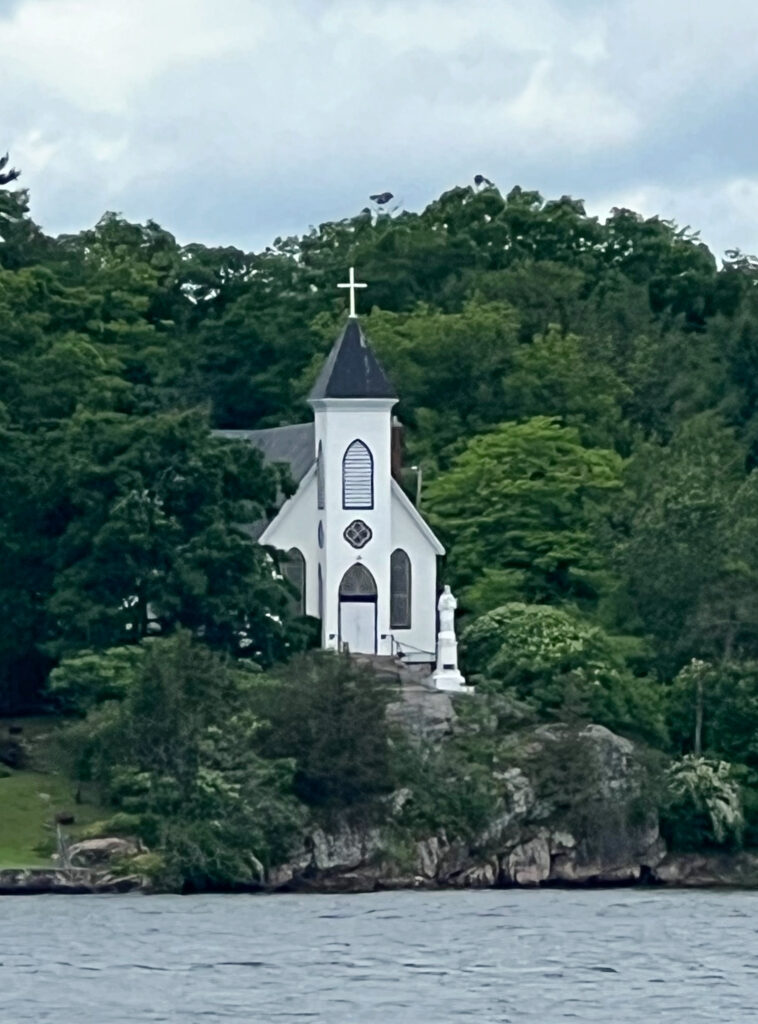

George C. Boldt purchased Hart Island in 1893. He employed over 300 people and invested 2.5 million dollars to build a castle for his wife. In 1904, he received a telegram informing him that his wife had died. He stopped all work on the castle and never returned to the island. Today there is major restoration underway to restore the castle. The smaller structure (second picture) is designed as a place for children to play. The last two pictures in this section are two of the other islands we saw on our cruise.
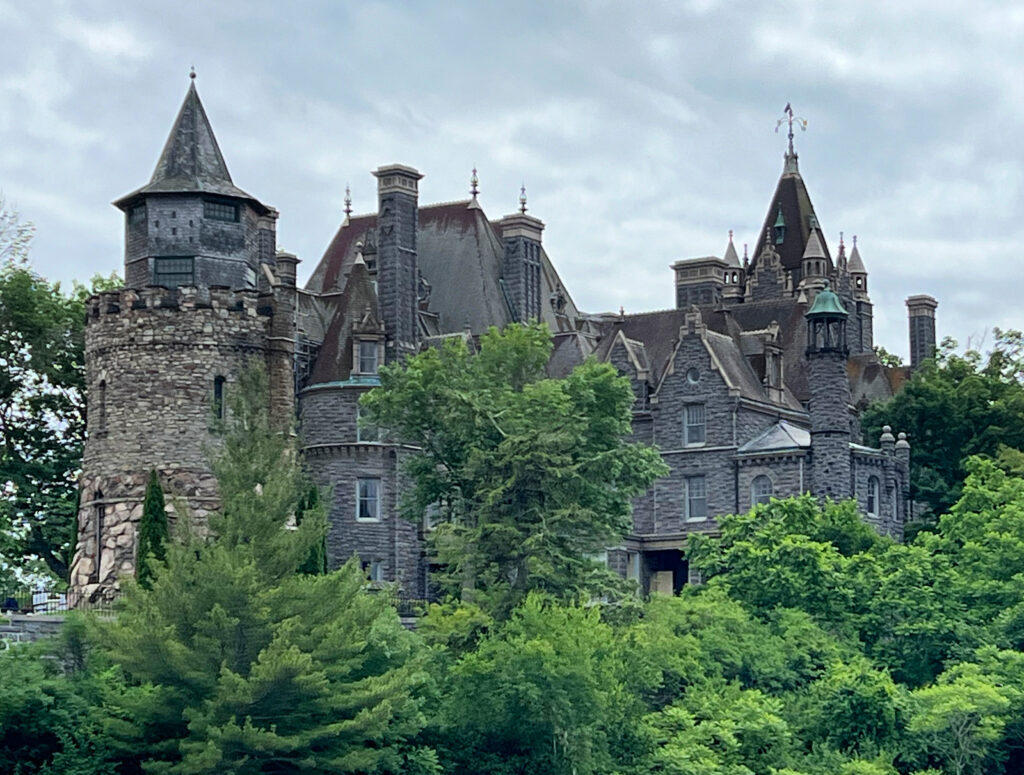
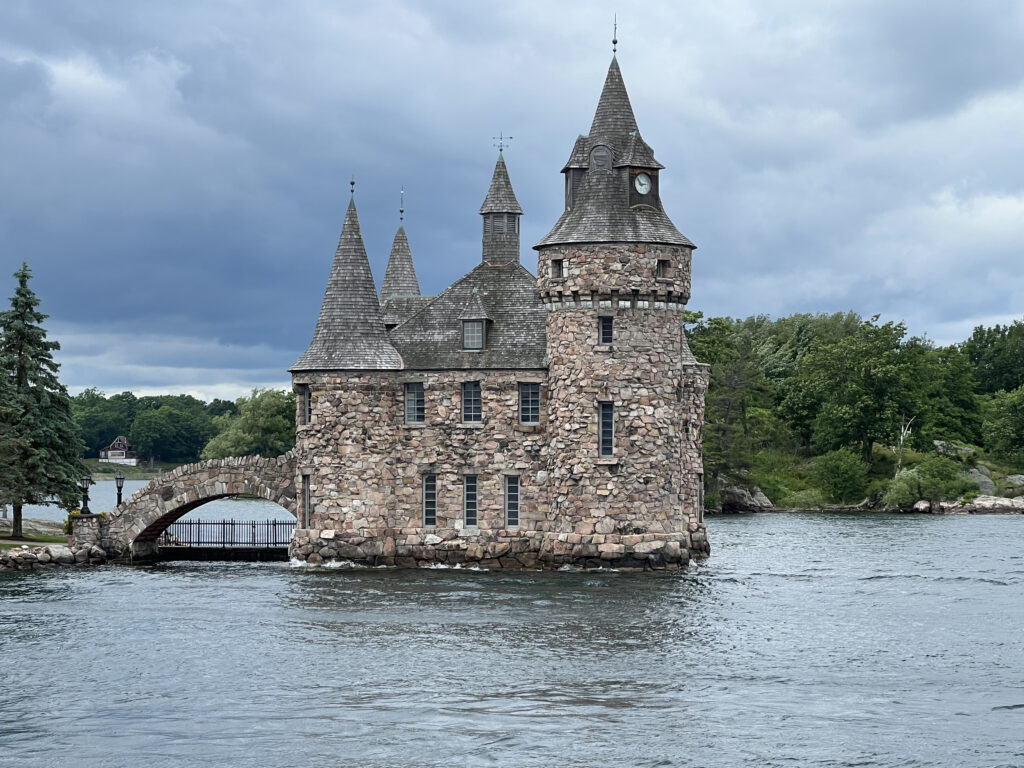
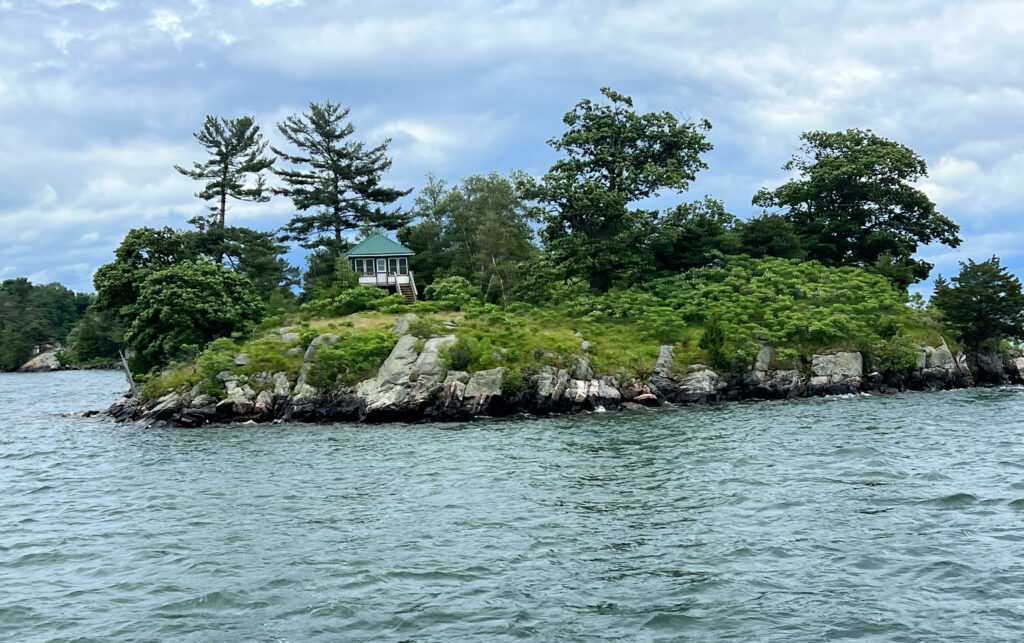
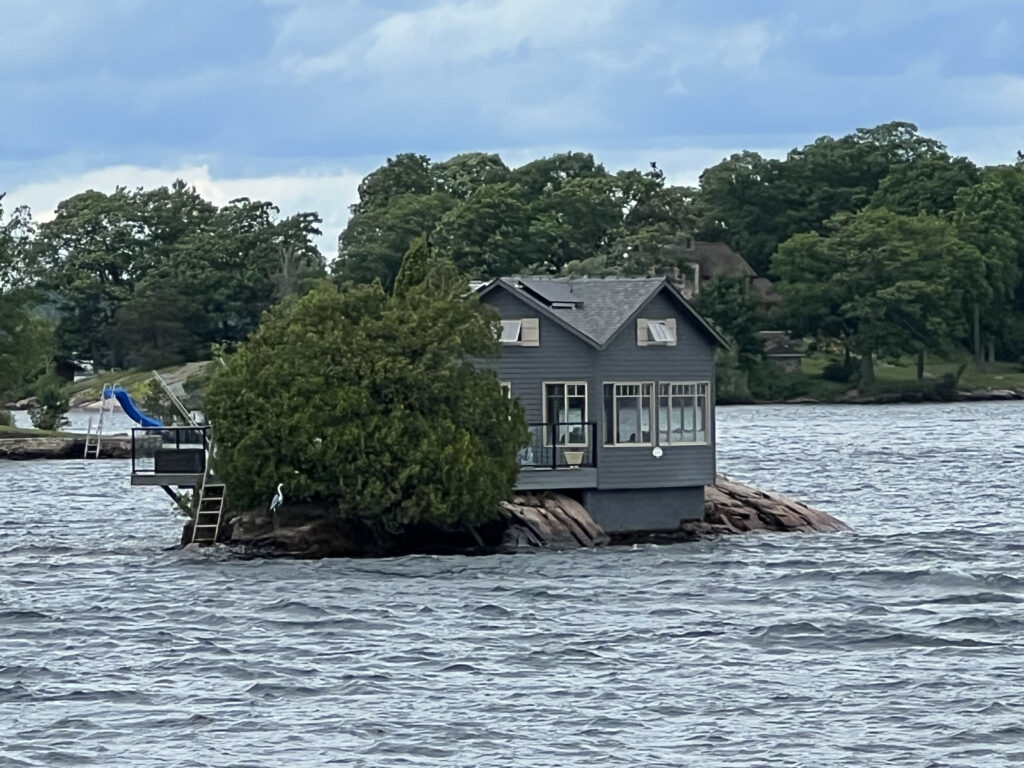
We are now in Ottawa, Ontario, the capital of Canada. Our hotel was only a block from Parliament Hill. Parliament Hill consists of the Western Block (left in the pano picture), Central Block with the Peace Tower (center), and the Eastern Block (right). The next three pictures show each block individually (western, central and eastern). All of these buildings are currently undergoing renovation. Proceedings are taking place in nearby buildings. The interiors of the buildings temporarily housing the Parliament have been designed to look exactly like the interiors of the buildings being renovated.

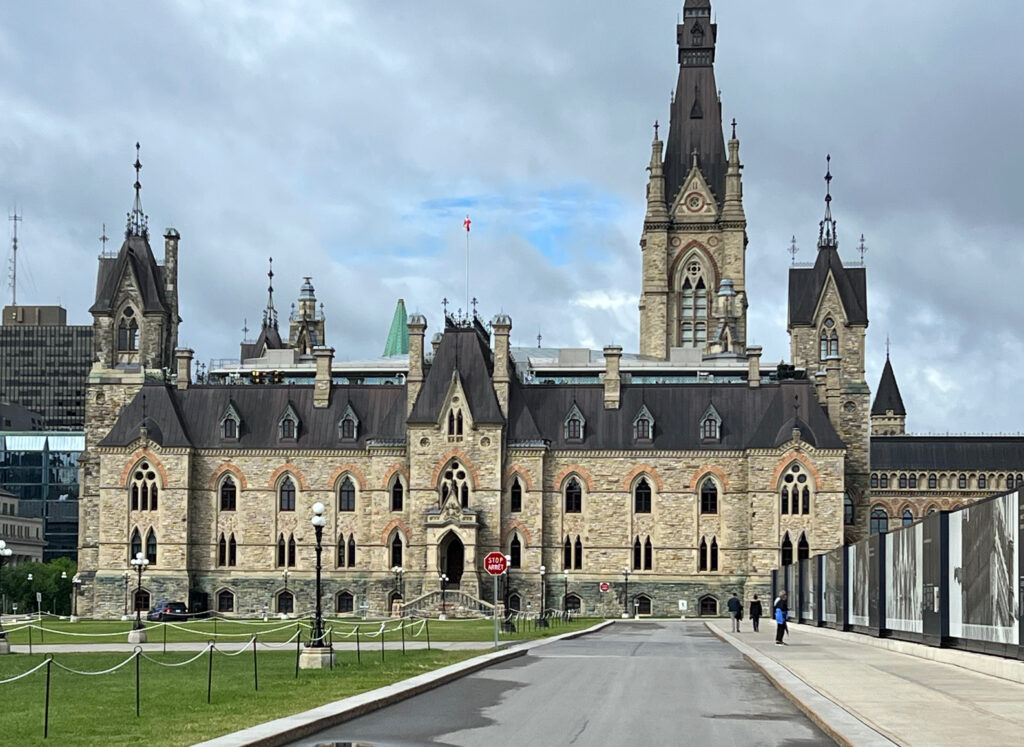
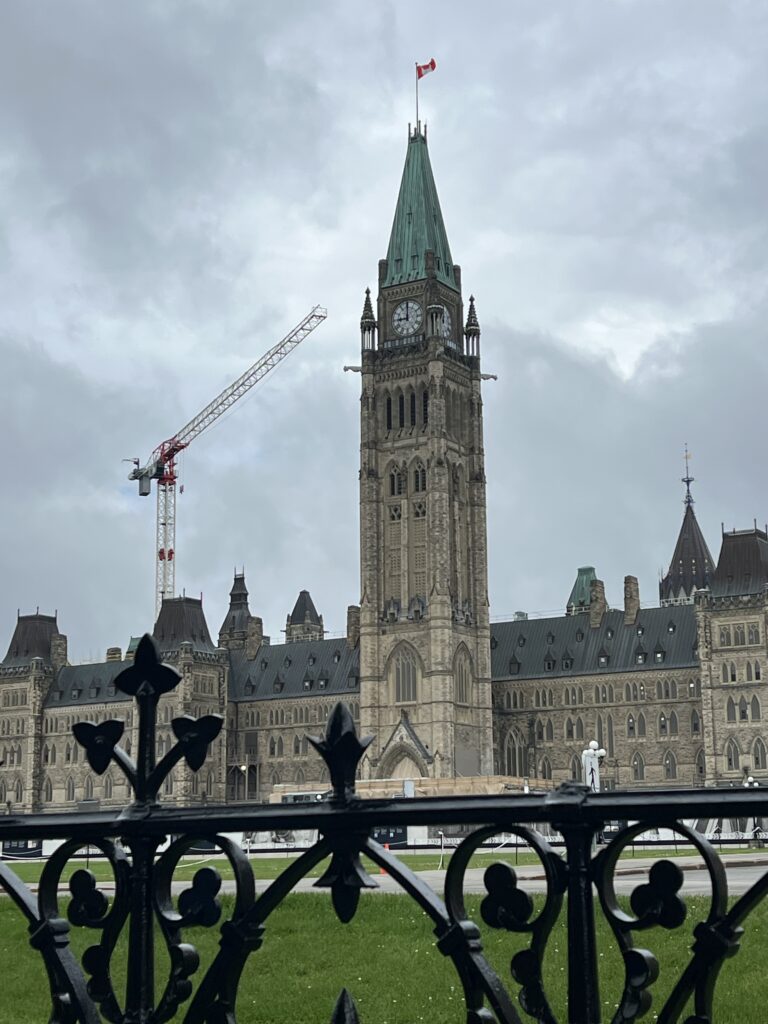
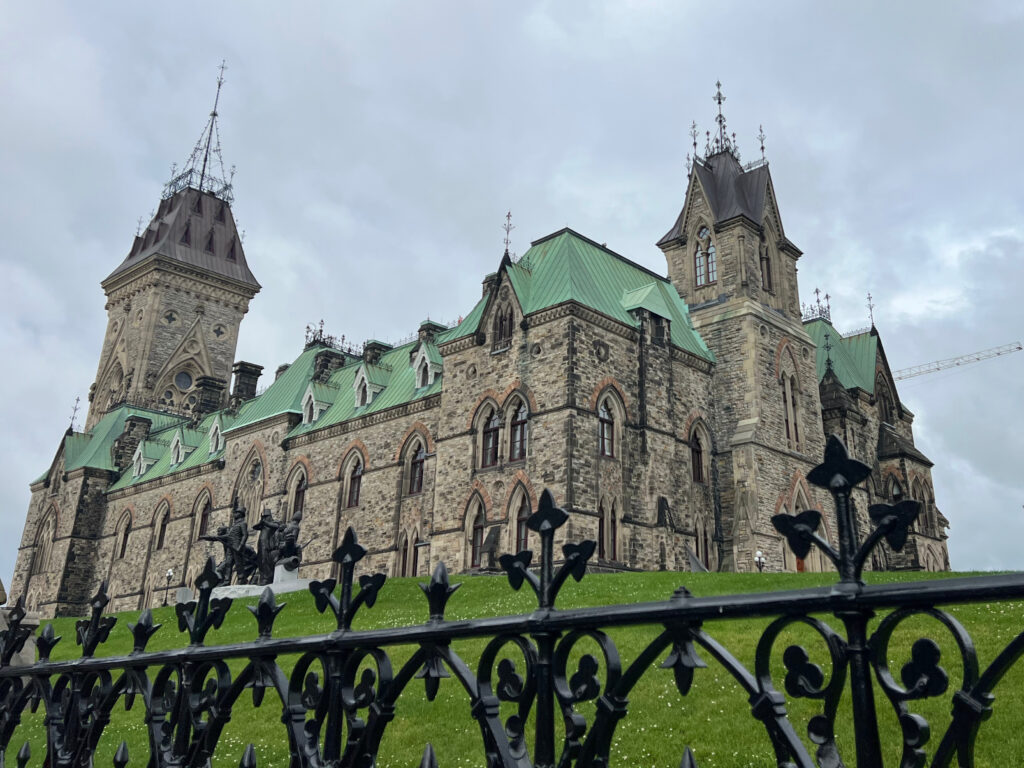
Across the street from Parliament Hill is the National War Memorial, entitled “The Response.” It was unveiled in 1939 and dedicated to the Canadians who served their country during World War I. It was rededicated in 1982, additionally honoring those who served in World War II and the Korean War. Today it is also meant as a reminder of the contributions Canadians are still making to preserve peace. Just in front of the statue is the tomb of the unknown soldier.

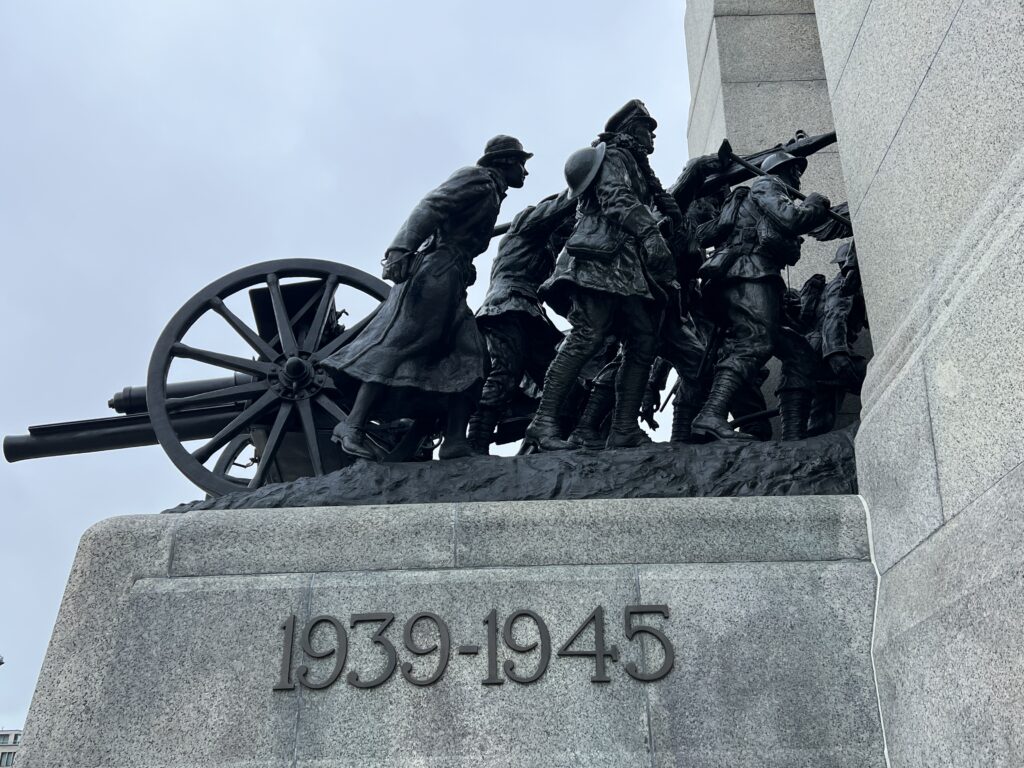
There were several other statues of people who had also contributed to the defense of Canada. One of these individuals is Laura Secord (1775-1868). She is credited with averting a British defeat. She overheard plans for a surprise attack by the Americans and walked alone for miles to warn the commander of the British outpost. Thanks to her warning, 500 Americans surrendered at Beaver Dam in 1913.
Another statue was that of Thayendanegea, also known as Joseph Brant (1742-1807). He was a famous Mohawk warrior, statesman and war chief of the Six Nations. He traveled to London in 1775 to persuade Britain to address past Mohawk grievances in exchange for Six Nations allying with the British in the American Revolution. The alliance was made and, for their help, the Six Nations were also given land in Quebec. Interestingly, President George Washington recognized Brant’s influence in the Six Nations Confederacy and sought to include him in the post-war negotiations.
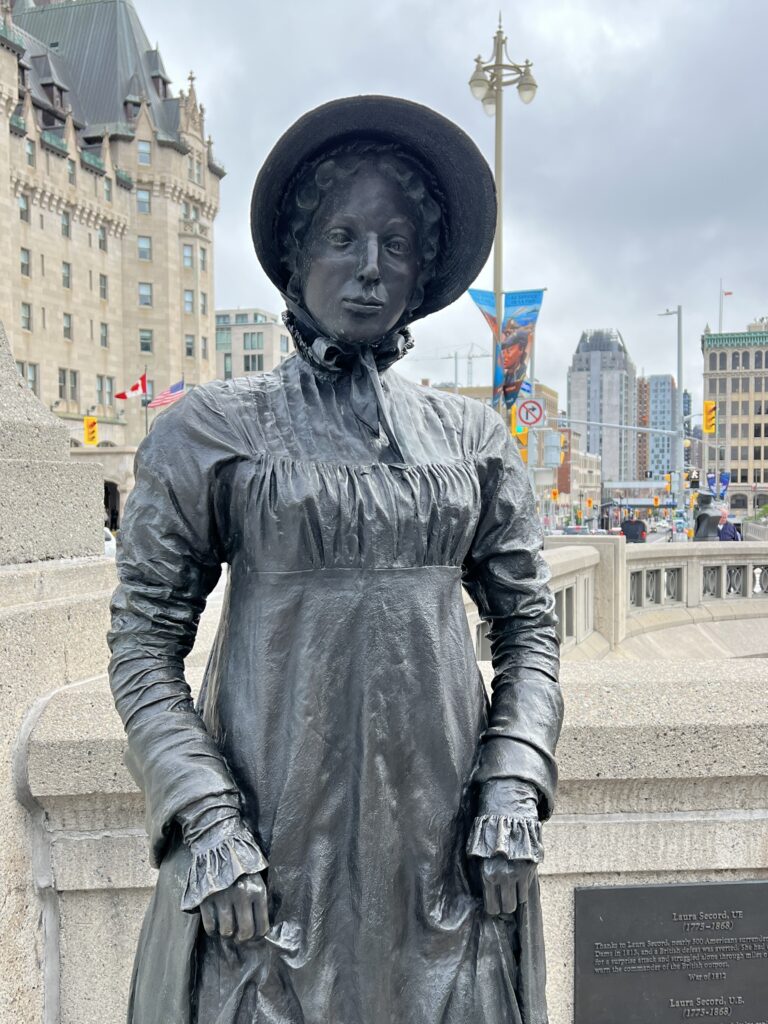
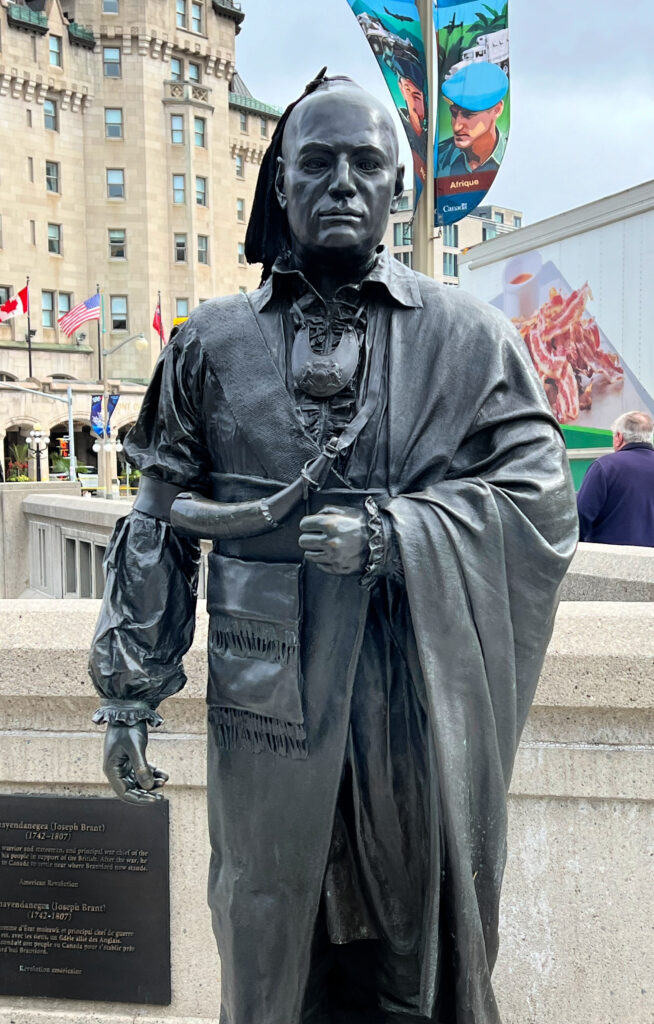
We also visited the Canadian Museum of History. A docent met our group and took us first to the Great Hall. It houses the world’s largest collection of totem poles. The picture above the blog title was also an exhibit at the Museum.
Another interesting exhibit in the Great Hall was a statue, “The Spirit of Haida Gwaii,” sculpted by Haida artist Bill Reid. The Haida are an indigenous people living in an archipelago off the shores of British Columbia. The Spirit of Haida Gwaii represents a Haida canoe full of a diverse group of passengers. They are not always in harmony, but must work together and depend on each other in order to survive.
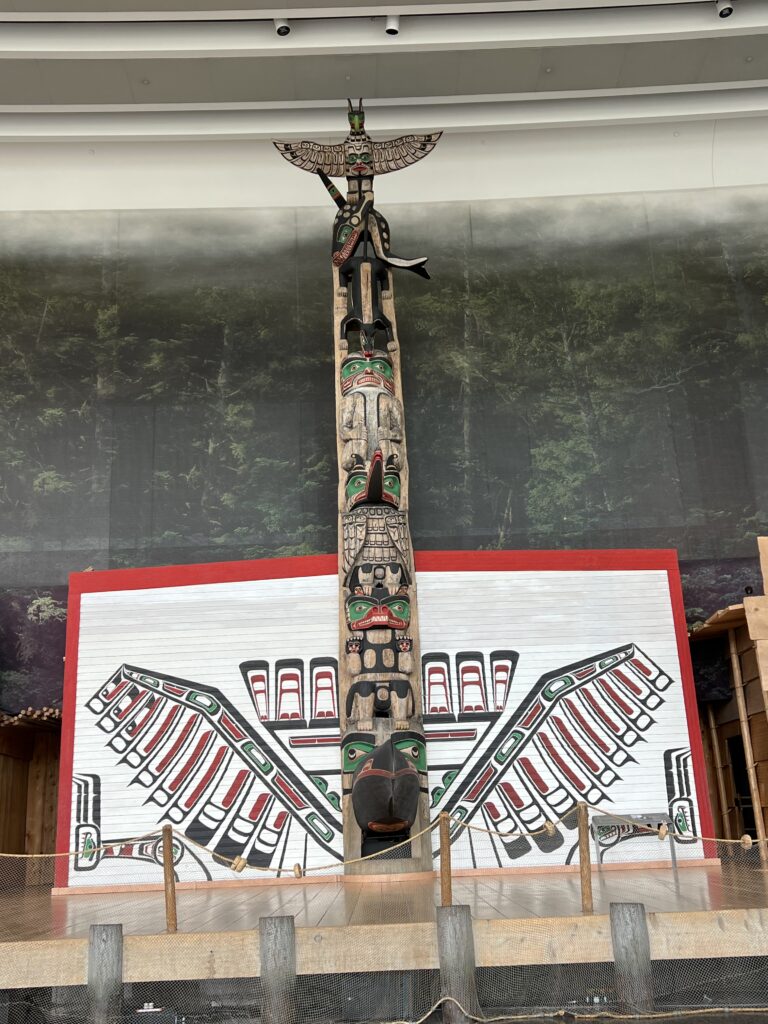
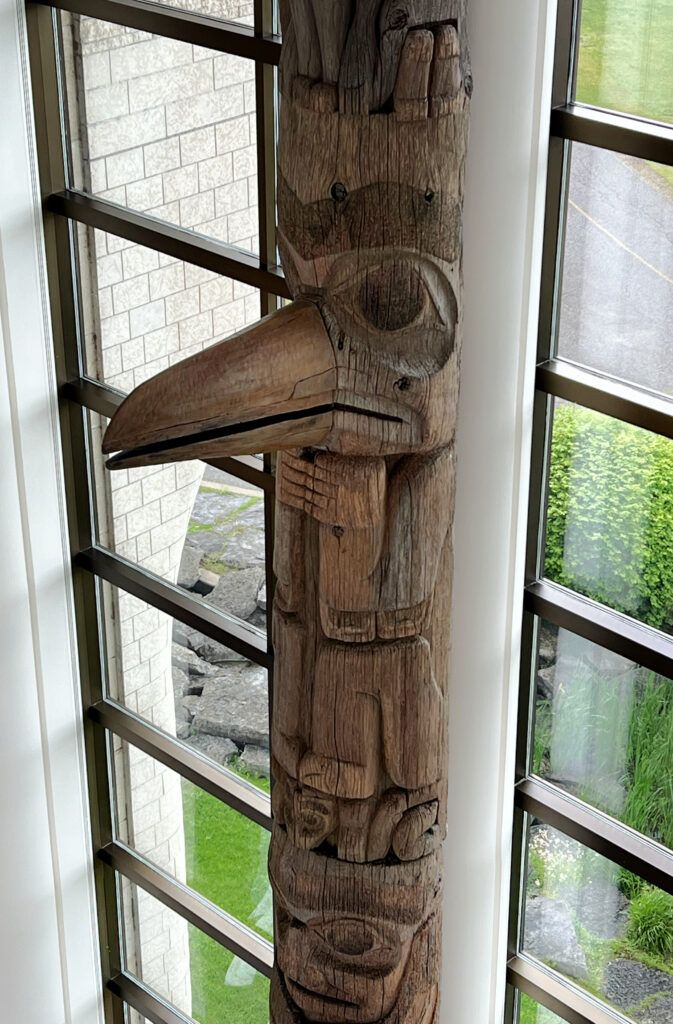
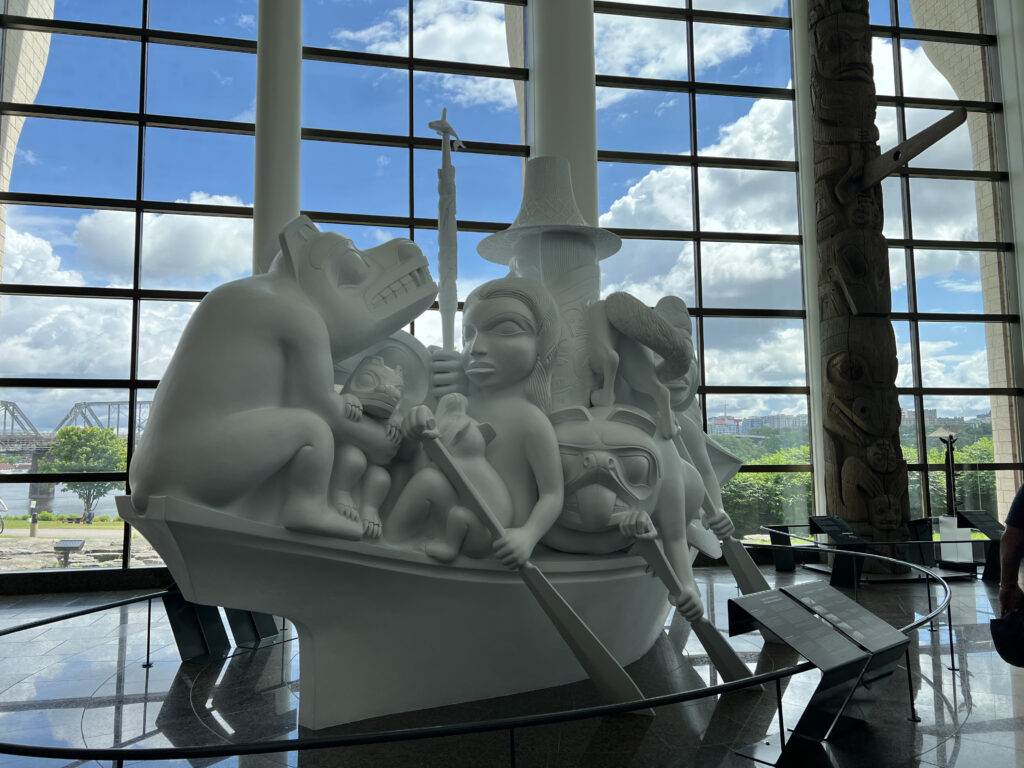
The first picture below shows the painting “Morning Star” which is on a dome in the Canadian Museum of History. It was painted by Alex Janvier and his son in 1993. The mural rises seven stories and covers almost 4,500 square feet. The Morning Star painting illustrates the history of the land we live in and expresses hope for mutual respect.
The painting in the second picture was also displayed in the Museum. It shows land along the Ottawa River in two different time periods. The lower half of the painting shows the indigenous group, the Algonquins. Algonquins are the original indigenous people of southern Quebec and eastern Ontario. The upper half of the painting jumps ahead in time and shows Parliament Hill and the hotel, the Fairmont Chateau Laurier, along the River.
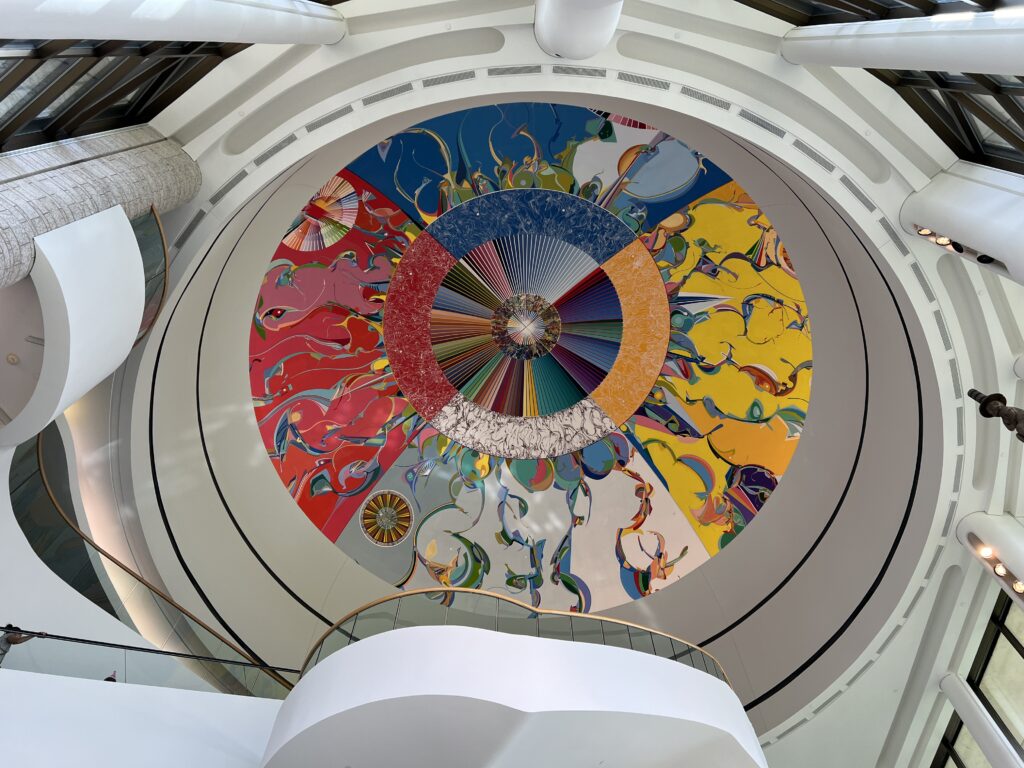
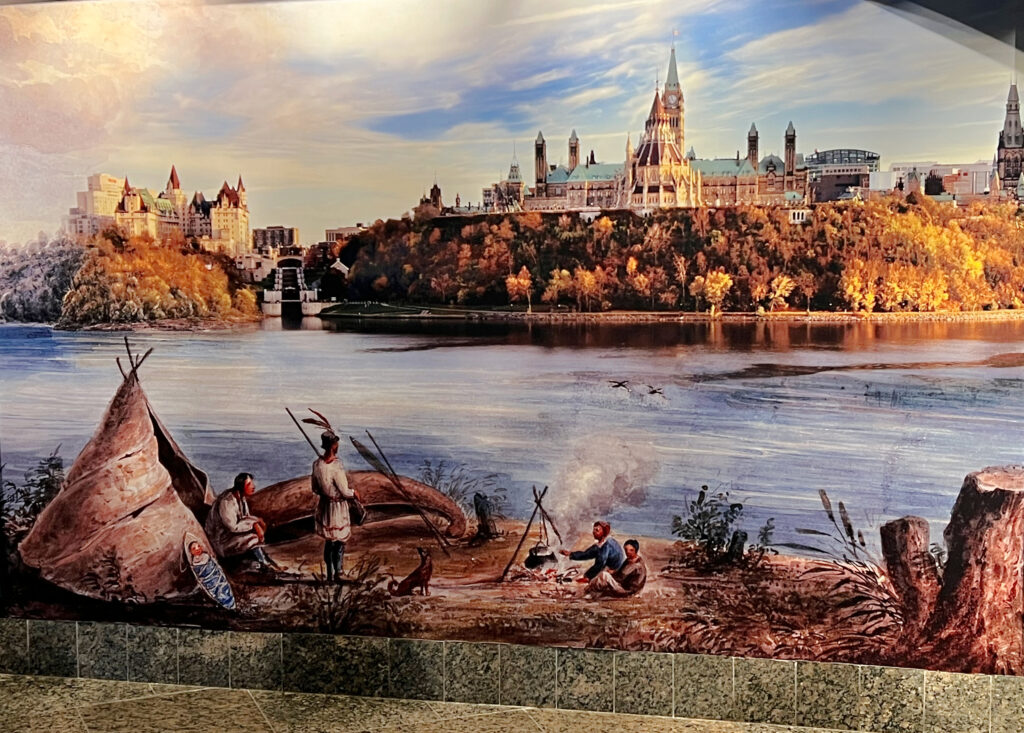
Before leaving Ottawa, we visited the National Gallery of Canada. It is well-known for the spider sculpture outside the Gallery. Named Maman which is French for mother, the sculpture was created by artist Louise Bourgeois. The spider is 30-feet high and 33-feet wide. It includes a sac containing 32 marble eggs.
One of the exhibits we saw inside the Gallery was the Rideau Chapel. It was originally located in the Convent of Our Lady of the Sacred Heart on Rideau Street. When the convent was sold and demolished, the chapel was preserved and moved to the Gallery. The fan-vaulted ceiling is the only one of its kind in North America making it a significant part of Canadian history.
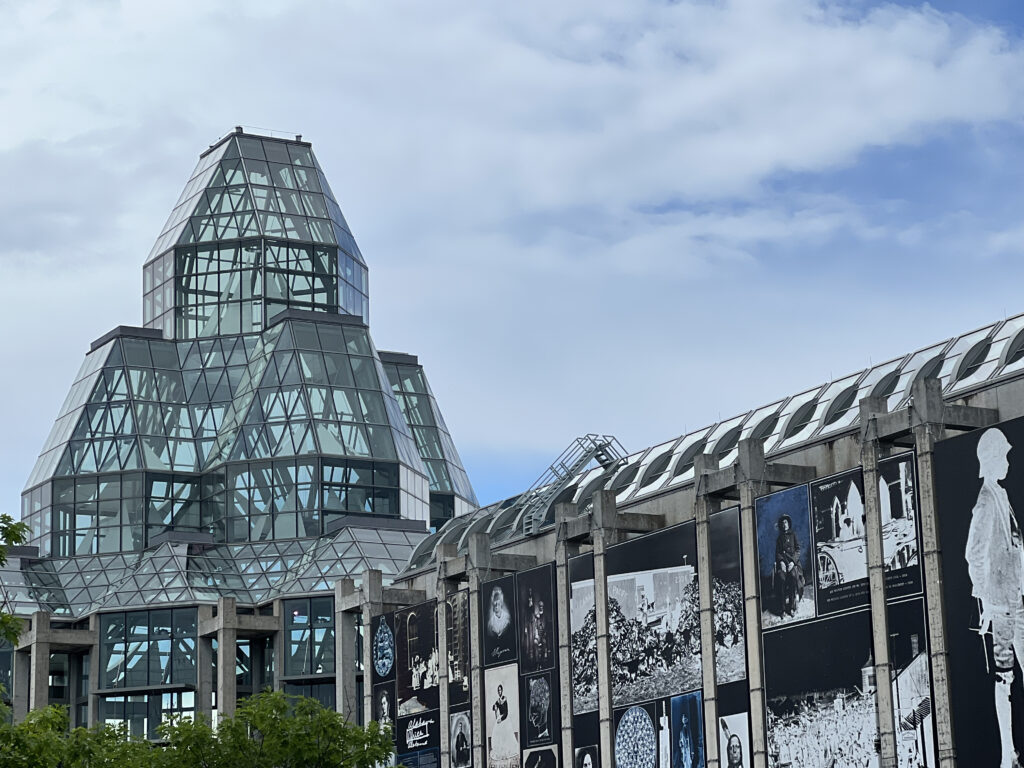
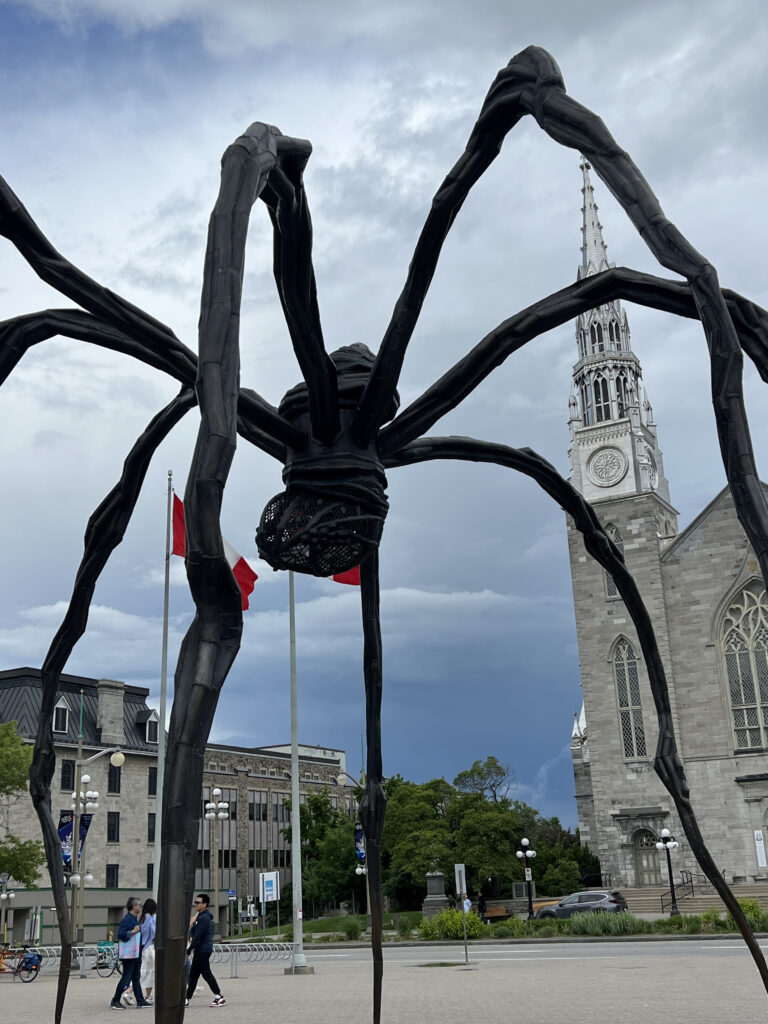
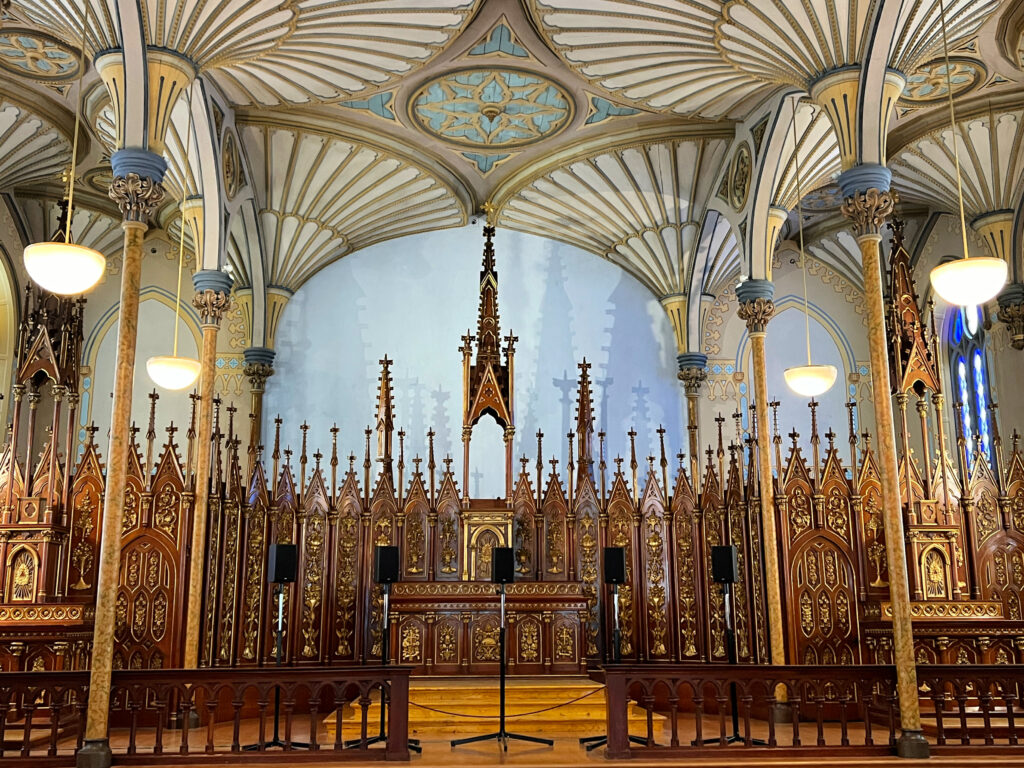
Pictured here is the Rideau Canal, this portion outside our hotel in Ottawa. The Rideau Canal connects Ottawa to Lake Ontario and the St Lawrence River at Kingston, Ontario.
It is a slackwater canal meaning engineers built dams to drown rapids along the route, rather than cutting a canal around those rapids. This made the canal easier and less expensive to build. The 125-mile canal has 47 locks and 52 dams. Opening in 1832, it is the oldest, continuously-operated canal system in North America.
The Rideau Canal is North America’s best-preserved slackwater canal, and the only one from the 19th century still operating along its original route and with most of its original structures intact. UNESCO declared the Rideau Canal a world heritage site in 2007.
